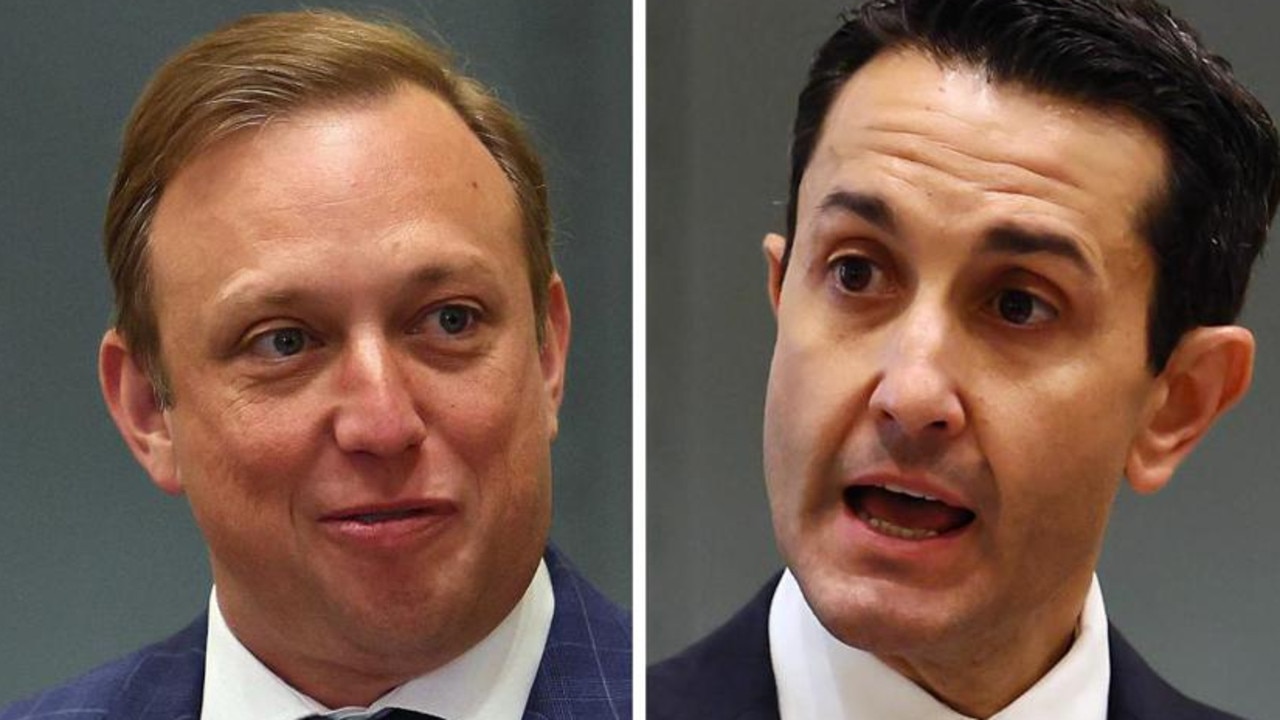Aussie breakthrough to add punch to mRNA Covid-19 jabs
Scientists in Melbourne have discovered a way to make mRNA Covid-19 vaccines potentially more effective and limit side effects.

Scientists have discovered a way to make mRNA Covid-19 vaccines potentially more effective and limit side effects in a discovery that could transform the formulation of Pfizer and Moderna jabs.
Researchers at the Hudson Institute of Medical Research in Melbourne identified how to “turn off” a cell immune sensor known as TLR7 that recognises foreign RNA but is associated with inflammation that causes side effects, including fatigue, severe headache, chills and injection-site pain.
The Pfizer and Moderna vaccines use a modification of mRNA that reduces activation of TLR7, but the method also reduces the vaccine efficiency and ability to trigger the production of antibodies.
“The discovery … has the potential to help decrease inflammation caused by the mRNA vaccine while facilitating the efficacy of the vaccine,” said the lead scientist responsible for the technology, Michael Gantier from Hudson Institute.
“The issue of inflammation triggered by mRNA vaccines directly underpins their efficacy.
“It conditions how much mRNA can be injected, which in turn impacts the protection the vaccine can confer.”
Professor Gantier said the discovery also presents opportunities for the therapeutic management of chronic inflammatory and autoimmune diseases, dramatically improving the lives of patients.
The ability to switch off the TLR7 sensor potentially determines how much RNA a vaccine can contain, Professor Gantier said. “If you activate the immune response the wrong way without modification, you get very strong side effects when you inject the RNA,” he said. “If you don’t inject as much RNA, you will not activate as many antibodies.
“What we have discovered is the building blocks of RNA-like molecules. We discovered that when we use these molecules, they basically bind the TLR7 receptor and block its activity. It means you can use more RNA in a vaccine, increasing its efficacy.
“We may be actually able to use more RNA without activating the sensor that is contradicting the activity of the vaccine.”
The Hudson Institute discovery is now the subject of a licensing deal with Australian clinical-stage drug development company Noxopharm Limited, through its wholly owned subsidiary Pharmorage Pty Ltd.
The mRNA vaccine market is predicted to reach $US23bn by 2035 and the deal has the potential to make such drugs easier to manufacture and more effective.
The technology has the potential to treat a wide range of diseases.



